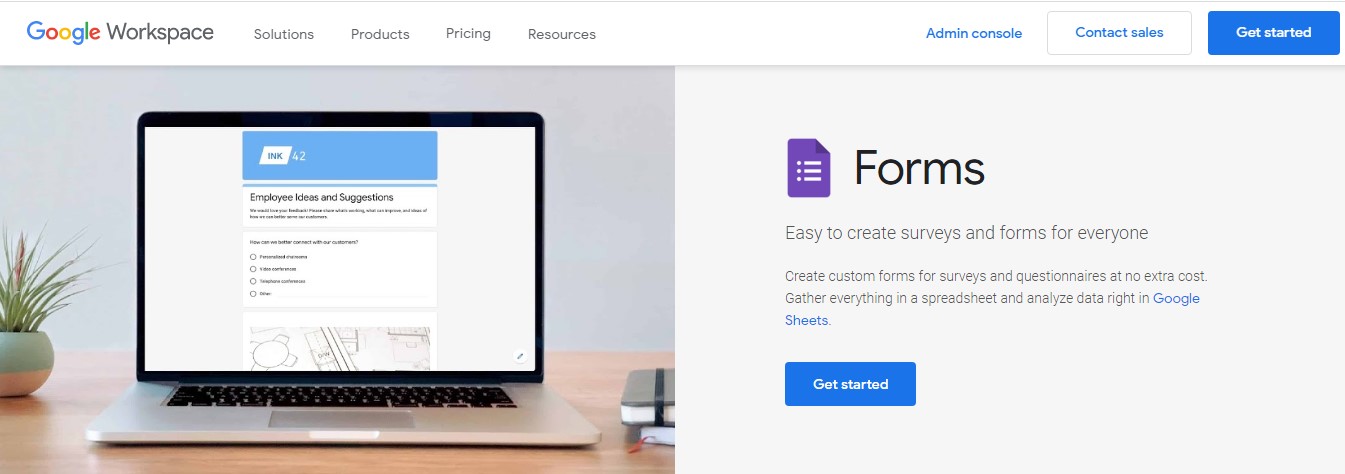On Launching A Carbon Neutral Shipping Service
I’m James Chin Moody, the co-founder and CEO of Sendle. We’re the first 100% carbon neutral shipping service in Australia and the United States. Since our inception, we’ve offset the carbon emissions from 13 billion miles of package deliveries, the equivalent of driving a 1 tonne truck to Mars and back 188 times!
Our customers are small businesses, entrepreneurial side hustlers, and creative individuals who enjoy our simple flat rates and shipping integrations with their favorite eCommerce platforms like eBay, Etsy, Poshmark, and Shopify.

What's your backstory and how did you come up with the idea?
My career started billions of miles from the shipping and logistics world. I was a satellite engineer for FedSat, Australia’s triumphant return to space after more than 30 years. From a low Earth orbit, it’s easy to gain a new perspective about the...

Download the report and join our email newsletter packed with business ideas and money-making opportunities, backed by real-life case studies.

Download the report and join our email newsletter packed with business ideas and money-making opportunities, backed by real-life case studies.

Download the report and join our email newsletter packed with business ideas and money-making opportunities, backed by real-life case studies.

Download the report and join our email newsletter packed with business ideas and money-making opportunities, backed by real-life case studies.

Download the report and join our email newsletter packed with business ideas and money-making opportunities, backed by real-life case studies.

Download the report and join our email newsletter packed with business ideas and money-making opportunities, backed by real-life case studies.

Download the report and join our email newsletter packed with business ideas and money-making opportunities, backed by real-life case studies.

Download the report and join our email newsletter packed with business ideas and money-making opportunities, backed by real-life case studies.


















